THE SCIENCE OF SLEEP. Part dream, part sci-fi, and captivating as hell
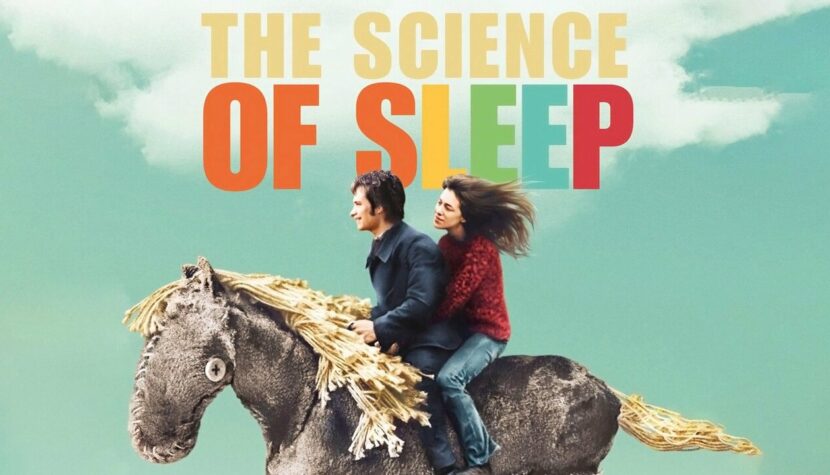
Year after year…
…sometimes, two souls, enclosed in one reality, collide on the plane of shared dreams. But what happens then? Merging individuals can be very challenging, especially when one of them doesn’t always distinguish between dream and reality. Although, is that really a problem? After all, dreams are events, characters from life presented in a slightly different form. In them, one can fulfill dreams, fly, but at the same time, nightmares appear, turning rest into another struggle, into constant searching. So, why not stop solitary dreaming and invite a kindred soul into one’s world, transforming it into a fairy-tale journey? The Science of Sleep it is.
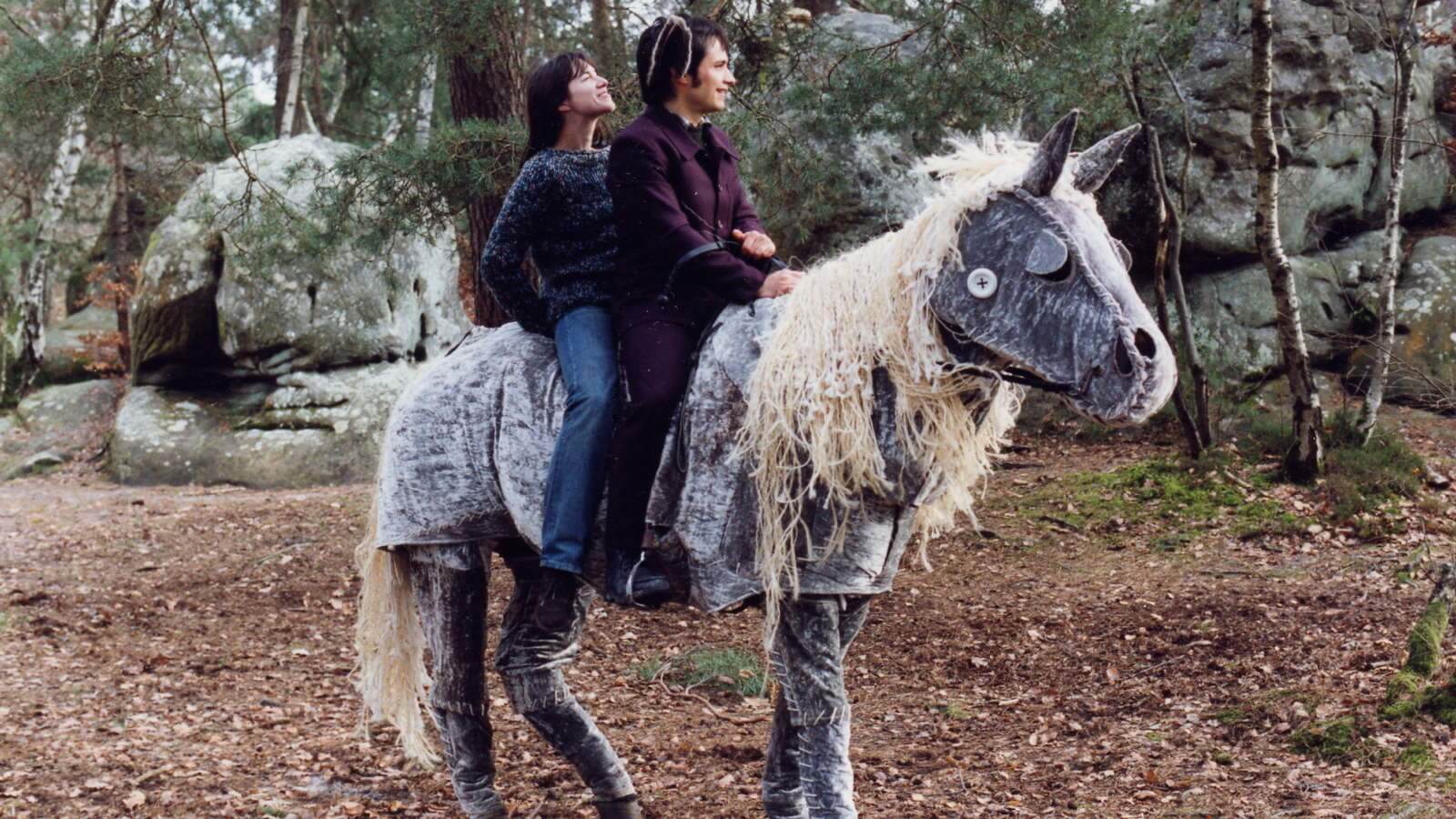
They are neighbors. Her name is Stephanie, he is Stephane, which seems like a pretty good beginning of an acquaintance, according to Stephanie’s friend. However, it is this friend who appeals to the hero. A hero who arrived in France, tempted by a job that would allow him to express himself artistically. However, the graphic studio turned out to be a warehouse of calendars with nude models, and he was assigned the role of… attaching the appropriate captions. Reality can indeed be surprisingly negative, but the hero has long captured it in a truly surreal clamp.
…why shouldn’t I grant to dreams what I sometimes deny to reality, namely the value of obvious certainty(…)? Why shouldn’t I expect more from dream indicators than from an increasingly high degree of awareness? Is a dream suitable for resolving the basic issues of life? Are these issues the same in both cases, and do they already exist in the dream? Is a dream less burdensome than everything else? I’m aging, and perhaps more than reality, to which I try to bend, the dream, the indifference with which I approach it, accelerates my old age.
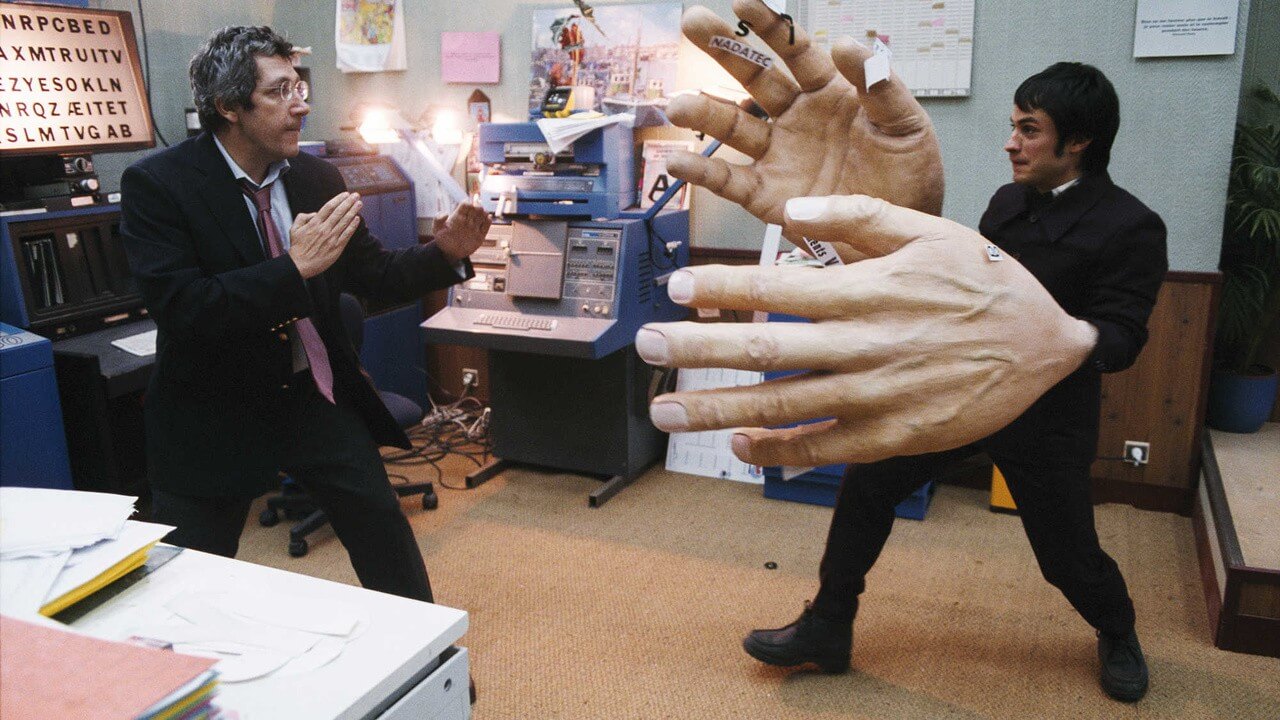
To a large extent, The Science of Sleep illustrates Breton’s words, with the difference that the hero does not trivialize Dreams, and reality is too clearly connected to them. He lives suspended somewhere between two worlds, worlds that mutually penetrate, where this more real present is both a continuation of a dream, and a dream suddenly appears in it, thrown in just like that, and the enchanted viewer accepts everything that happens then. Cotton turns into clouds, there is a device controlling time by one second forward or one second backward, and a ragged horse gallops around the room. The shared moments of the two heroes, their plane of understanding, to which they invite the viewer who is spying on them. It becomes so very real, probably also because of the desire to believe that if so much connects these two people, then they must be together. However, there is much more that divides them: they operate in similar worlds, but only Stephane drags this world into the real one. Stephanie, on the other hand, closes herself with dreams in her apartment, does not want to be involved with someone crazy, with someone who often has problems distinguishing Dreams from reality. They can truly be together only beyond the waking state. The girl is not afraid then.
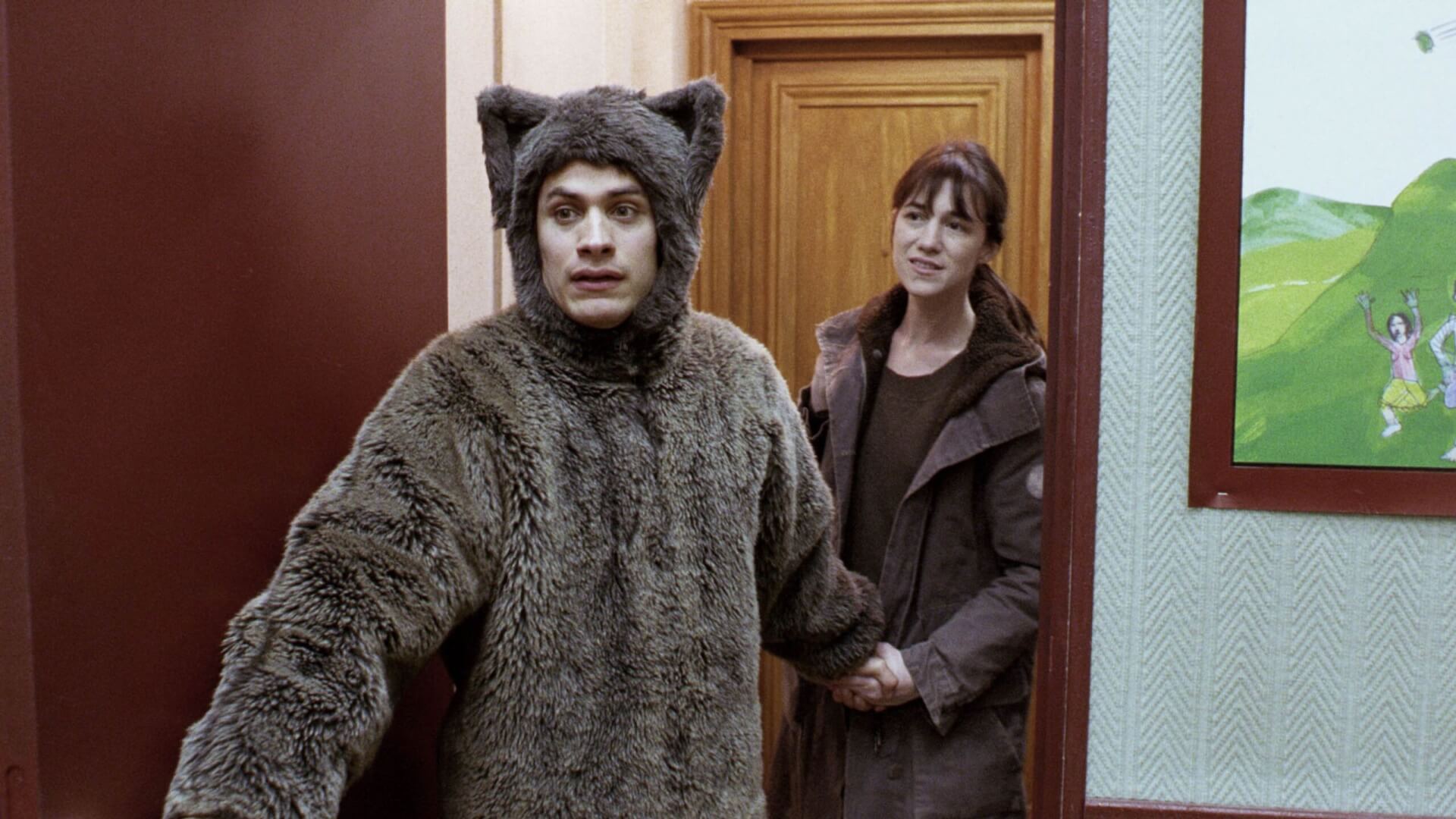
Very little separates the viewer of The Science of Sleep from immersing themselves in this image completely. The only factor persistently reminding of the existing border is a certain Guy (Alain Chabat), a vulgar sex addict with certain layers of romanticism dormant within him, as he can be attributed a weakness for the unfulfilled graphic artist and doing his work when he writhes in his personal, twisted universe. In a strange way, he is a character the film needs. He is nasty, suffers from an overgrown ego, and what his thoughts revolve around is the position of “Goat on the rock wall” However, there is something incredibly likable about this repulsive character. He also seems to be needed for another reason – it is through contact with this man that one can explain the hero’s later behavior, like the petulant stomp of a little child.
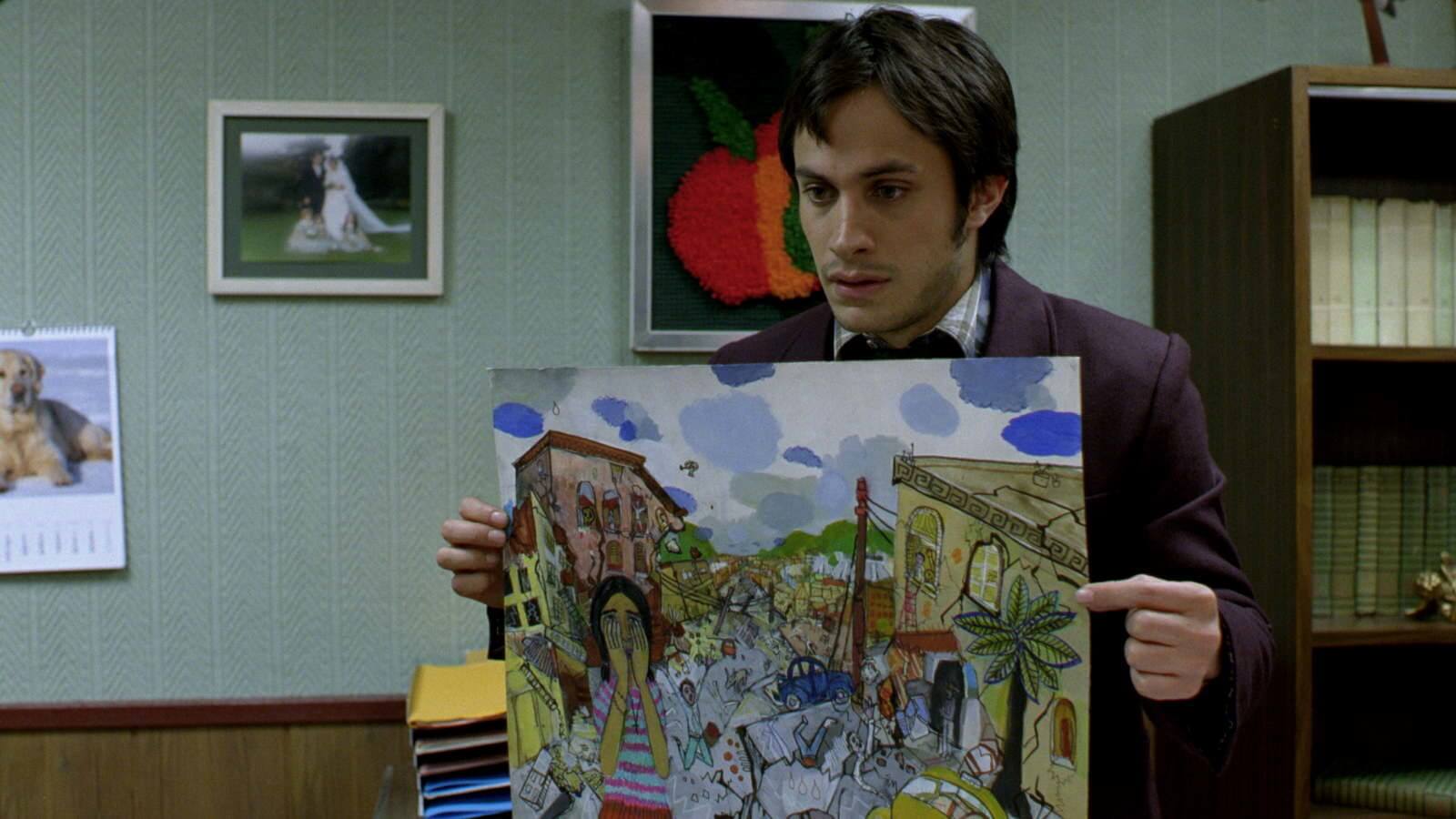
If, for a moment, one stops letting oneself be seduced by the white boat with a tree, traversing the cellophane reality, one can see a more bitter side of life: the death of the boy’s father, unfulfilled ambitions, or human helplessness. One might want to analyze all dreams from this perspective, delve into discovering their stereotypical meanings. However, the creator of the image does not believe in bookish “wisdom,” assigning to dreams that higher – concretized, dressed in a rule expression. So why would the viewer want to analyze something that is so incredible and beautiful that it is not worth looking at from a “scientific” point of view? Dreams can be an escape, just like reality – like the shared moments of neighbors, moments in helmets, about telepathic values, moments of extinguishing a burning man with cellophane water… moments in which their imagination complements, creates events that do not exist, but which happen because they believe in it.
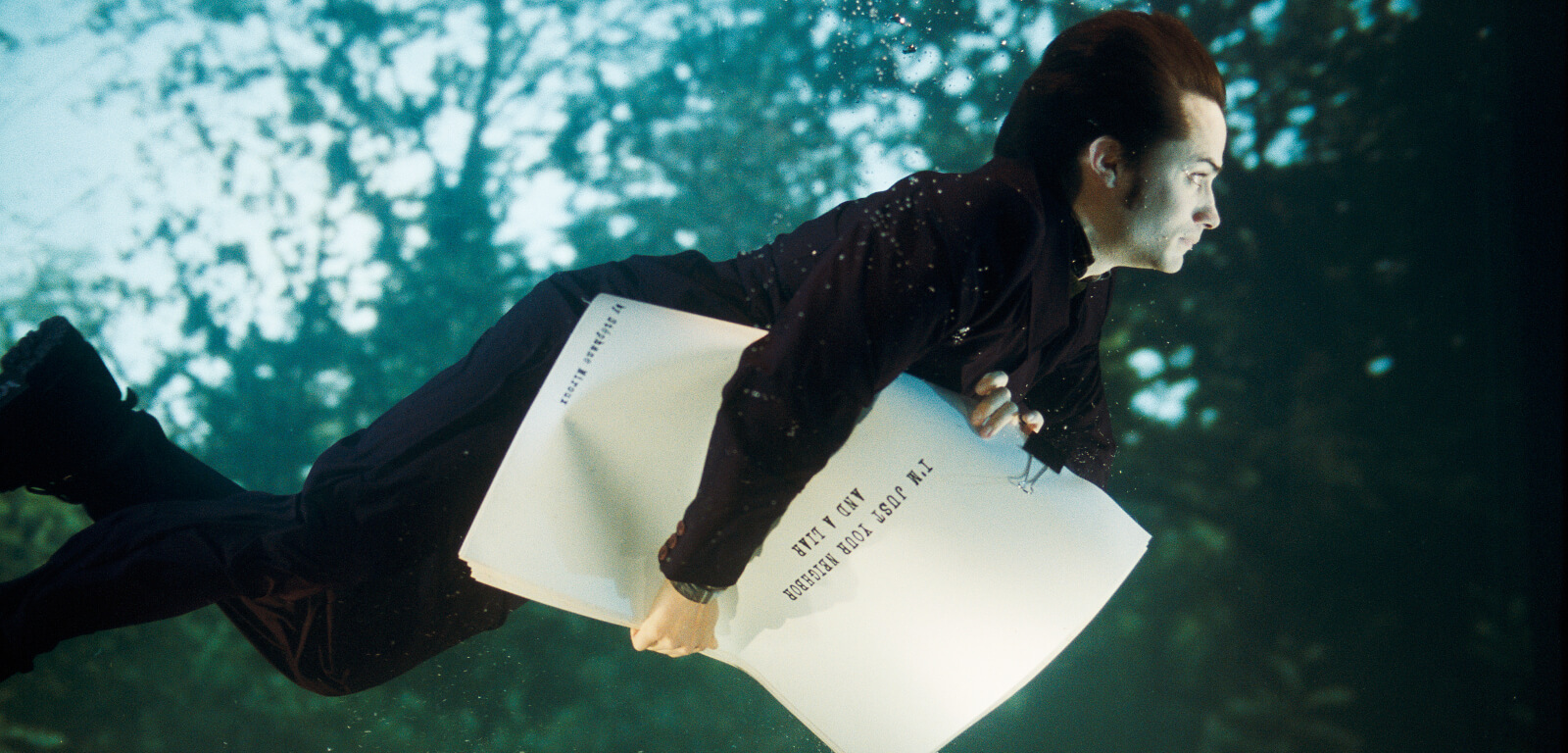
The Science of Sleep is not afraid to use techniques known in the early days of cinema, nor does it shy away from appealing to outdated cartoons. Similarly, it treats the hero – although he dresses him in a suit, he instructs him to sleep in a children’s bed, which may be too small but guarantees strange safety. The second factor, interestingly corresponding with the image, is the music itself, gentle sounds and powerful strikes, emphasizing the dynamics of a given moment. The Science of Sleep largely dreams, and this is through the acceptance of everything that the hero accepts, through the recognition that gray reality does not have to be so very gray. There is always a place to escape, where one can take refuge. Perhaps it is not perfect, perhaps not beautiful in the classical sense of the word, but it is fascinating. And sometimes… you can invite another person into this world…
Words by: Iwona Kusion

